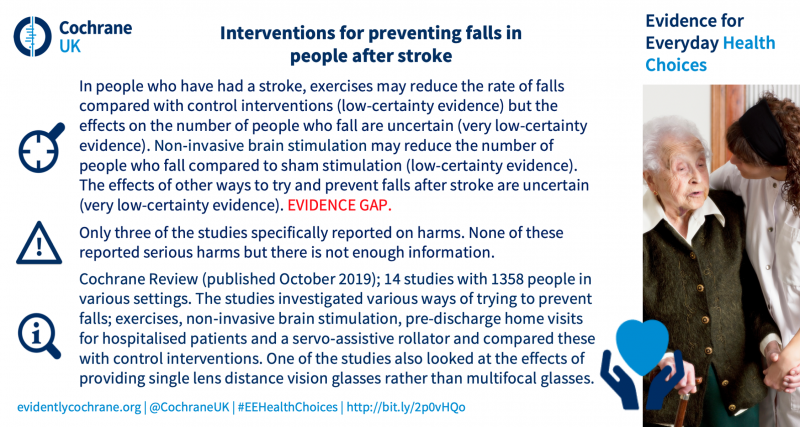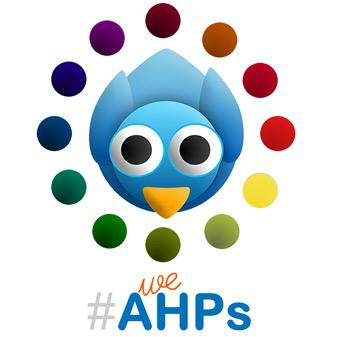
Welcome to our series, Evidence for Everyday Allied Health (#EEAHP)
Short, sharable evidence
Rapid change. Information overload. Not enough time. We're sure you could quickly add more obstacles to keeping up to date with research and ensuring your practice is evidence-based best practice. We recognise this and getting evidence to you, where you want it, in quick, easy and sharable formats are drivers for this new series. We’ve had a great response from nurses and midwives to their ‘Everyday’ series and were encouraged to see AHPs tweeting us to ask for their own. So here it is!
Blogs
We publish a weekly blog on Evidently Cochrane, and this is a good way to bring you new or topical evidence summaries. We love to be able to include a commentary from someone (patient or practitioner) for whom the evidence is relevant, so do get in touch if you would like to write a blog, or contribute to one.
For launch week, we had a great series of guest blogs for and by AHPs, with plenty to interest AHPs across disciplines. You can read about social media for CPD from Naomi McVey and Helen Owen, tweet-leaders with @WeAHPs, and how you can engage with this series and your AHP community online. Chris Morris discussed the challenges, and importance, of ensuring practice is evidence-based. Danny Minkow explored some of the evidence on stroke rehabilitation. Fran Toye took a colourful look at qualitative research and Elaine Miller, who has spoken about physiotherapy at the Edinburgh Fringe, showed that comedy can be a powerful tool for disseminating evidence and changing health behaviours.
Blogshots

These images with brief information have proved really popular since we first started making them. Blogshots in this series will be easily identifiable, as they have their own template. We share them on Twitter and we now have a Tumblr for these, where they can be found along with other blogshots, made by us or by colleagues in other parts of Cochrane. We’ll share them with a link to the review, blog or other resource, and with the hashtag #EEAHP.
Take a look at our #EEAHP blogshot collection on Tumblr to download and share freely
Tweetchats
It’s brilliant to have the support of @WeAHPs for this series. If you’re interested in hosting a tweetchat linked to our series, do get in touch.
The Hashtag
Partners

Links:
Evidently Cochrane blog http://www.evidentlycochrane.net
Cochrane UK website https://uk.cochrane.org and blogshot archive /blogshot-infographic-archive
Twitter www.twitter.com/CochraneUK
Facebook www.facebook.com/CochraneUK
Instagram https://www.instagram.com/cochrane_uk/

